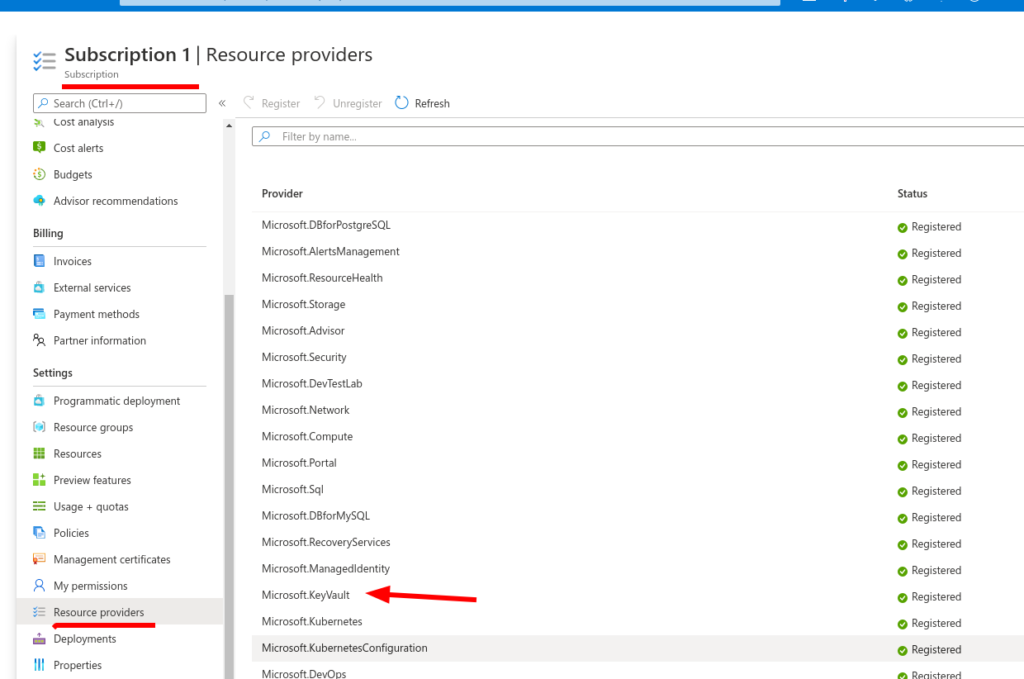Arbitrary tweets made by TheGingerDog up to 04 April 2021
Continue reading “Automated twitter compilation up to 04 April 2021”
Linux, PHP, geeky stuff … boring man.
Arbitrary tweets made by TheGingerDog up to 04 April 2021
Continue reading “Automated twitter compilation up to 04 April 2021”
So, for whatever reason, I need to move some virtual machines and things from AWS (EC2, RDS), to an Azure. I have a few years experience with AWS, but until recently I’ve not really used Azure ….
Here are some initial notes……
Arbitrary tweets made by TheGingerDog up to 28 March 2021
Continue reading “Automated twitter compilation up to 28 March 2021”
Arbitrary tweets made by TheGingerDog up to 21 March 2021
Continue reading “Automated twitter compilation up to 21 March 2021”
Arbitrary tweets made by TheGingerDog up to 14 March 2021
Continue reading “Automated twitter compilation up to 14 March 2021”
Arbitrary tweets made by TheGingerDog up to 07 March 2021
Continue reading “Automated twitter compilation up to 07 March 2021”
I needed to build some Virtual Machine images (using packer) for work the other day.
I already have a configuration setup for packer (but for AWS) and when trying to add in support for an ‘azure-arm‘ builder, I kept getting the following error message in my web browser as I attempted to authenticate packer with azure :
“AADSTS650052: The app needs to access to a service (https://vault.azure.net) that your organization \”<random-id>\” has not subscribed or enabled. Contact your IT Admin to review the configuration of your service subscriptions.”
This isn’t the most helpful of error messages, when I’m probably meant to be the “IT Admin”.
After eventually giving in (as I couldn’t find any similar reports of this problem) and reaching out to our contact in Microsoft, it turns out we needed to enable some additional Resource Providers in the Subscription…. and of course the name has to be slightly different 😉 (Microsoft.KeyVault). Oh well….

Having done this, Packer does now work (Hurrah!)
Hopefully this will help someone else in the future.
A few weeks ago I bought an ASUS PN50 as a new desktop (to replace an aging Intel Skull Canyon NUC, which was starting to crash once a week – presumably with a hardware fault).
I’d given up waiting for Intel to release a new NUC version – but of course a few weeks after I took the plunge they did release a new version…. Oh well.
Anyway, why this PN-50 thing ?
So, here’s a non-scientific review …
Setup – this was fairly straight forward, although I did need to update the BIOS for some reason (perhaps as I was trying to get multi-monitor support working? Initially it wasn’t behaving, until I started using the DisplayPort MST functionality of my Dell monitor to daisy chain one monitor off the other…..).
Performance – it seems fairly quick (quicker than my Skull Canyon) but in the process of ‘upgrading’ I changed from Debian Buster to Ubuntu 20.10 …. so it’s possible I’m not quite comparing like-for-like. I also don’t have any test values to support any statement(s).
Quietness – the BIOS allows for setting quiet / performance / normal fan behaviour. When the fan is busy, it is noisier than the skull canyon. This has made me realise just how quiet the skull canyon was in comparison. It’s crashed a couple of times – with no kernel trace given – so I’ve recently changed from ‘quiet’ to ‘performance’ setting to see if this would make any difference and so far it seems to be OK.
Hardware wise – my Dell USB soundbar seems to reset itself every 30+ minutes when I’m on a video call – what I experience is the sound turning off for about 3-4 seconds (presumably while the USB stack or hardware reset itself). I’m not sure if this has fixed itself yet – as I applied a BIOS update a few days ago and haven’t had many calls since.
So as a rubbish summary – it’s a shame ASUS didn’t put better heat sinks in / improve the thermal design of it ….. it could have been better (in terms of quietness). It feels like there are a few BIOS related issues to solve (USB/Soundbar etc), but hopefully they’ll get resolved soon. Once they are, it’ll become a near perfect ‘desktop’ for me.
Arbitrary tweets made by TheGingerDog up to 31 January 2021
Continue reading “Automated twitter compilation up to 31 January 2021”
It’s been a long time since we’ve had a sane President in the USA.
It’s been a long time since everyday life was normal (stupid Coronavirus).
It’s been a long time since I’ve written a blog post.
(one of the above isn’t really news worthy).
Since I last bothered to write much of a blog post, this is kind of what’s been going on in my life …. aside from losing hair and finding my beard is increasingly going grey.
We now have a dog again (well, really since Oct 2019 ish). She’s soft and lovely and somehow puts up with almost torture from the children. She likes to bark, take me for walks and stop me from vegetating too much. Unfortunately she’s not very good at running. 🙁

Work wise, I’ve been working for Orlo (nee SocialSignIn) for the last 4 ish years. I’m a backend PHP developer / sysadmin … and for about the last 6 months I’ve also been the ‘dev team leader’ …. which mostly involves managing the development team (and trying to make sure everyone’s staying sane during a pandemic). Life there is fun and challenging. Recently I’ve migrated a significant part of the application from Rackspace to AWS (so touching on things like EC2, CloudWatch, SQS, Autoscale, Load Balancers, VPC Networking and VPNs etc).
Family wise – the children are growing bigger; one’s now even a teenager. Our house feels ever more cluttered and smaller and we’re still dithering over whether we should convert the conservatory into a normal extension or move to somewhere bigger.
Thanks to the joys of Coronavirus, I’m now sporting a trendy haircut that looks like it really was the result of an accident with a lawnmower.
Open source development wise, I’ve woken up the Postfixadmin project a bit and finally made a new major release (3.3) and then subsequently tried to deal with the various bug reports (which were kind of inevitable as no one really tests a beta/unstable release).
Technically – eventually I’d like to get time to learn another language (perhaps GoLang) and maybe do some certifications or qualifications (probably around Amazon Web Services – which given I’ve been using it for the last 4-5 years ‘in anger’ should be relatively easy).
Currently one of my favourite albums to listen to is The Köln Concert –
https://open.spotify.com/embed/album/0I8vpSE1bSmysN2PhmHoQg
but having said that, I’m quite likely to jump from that to listening to something like Strapping Young Lad or Lady GaGa.
About a year ago, I started reading again in my spare time – mostly trashy stuff via Amazon’s Kindle Unlimited – e.g.
Travis Bagwell – Awaken Online series – see e.g. https://www.amazon.co.uk/gp/product/B01J0E8Z8A/
Marko Kloos – Frontline series e.g. https://www.amazon.co.uk/gp/product/B00CIXX144/
James Herbert’s Fluke – https://www.amazon.co.uk/gp/product/B0050AM5IA/
Trudi Canavan – Millennium’s Rule – https://www.amazon.co.uk/gp/product/B08P5PPW4J
and some even more trashy stuff – e.g. Mark Dawon’s John Milton series – e.g https://www.amazon.co.uk/Mark-Dawson/e/B0034Q9BO8